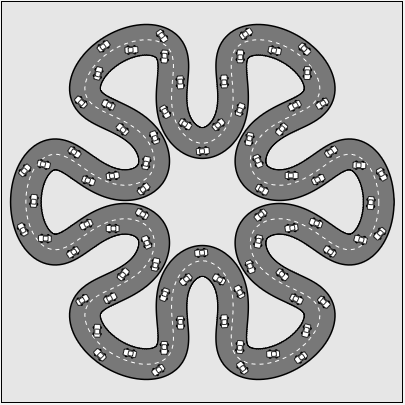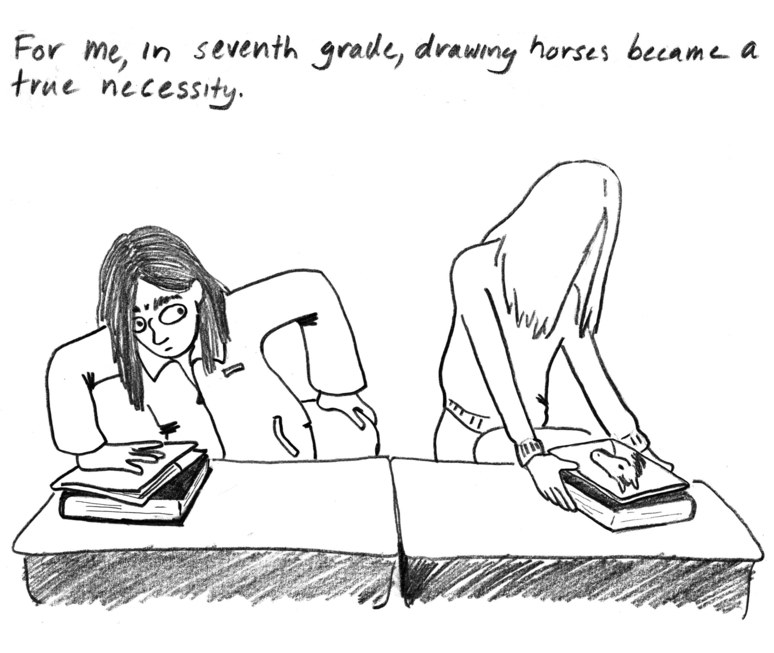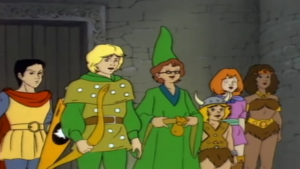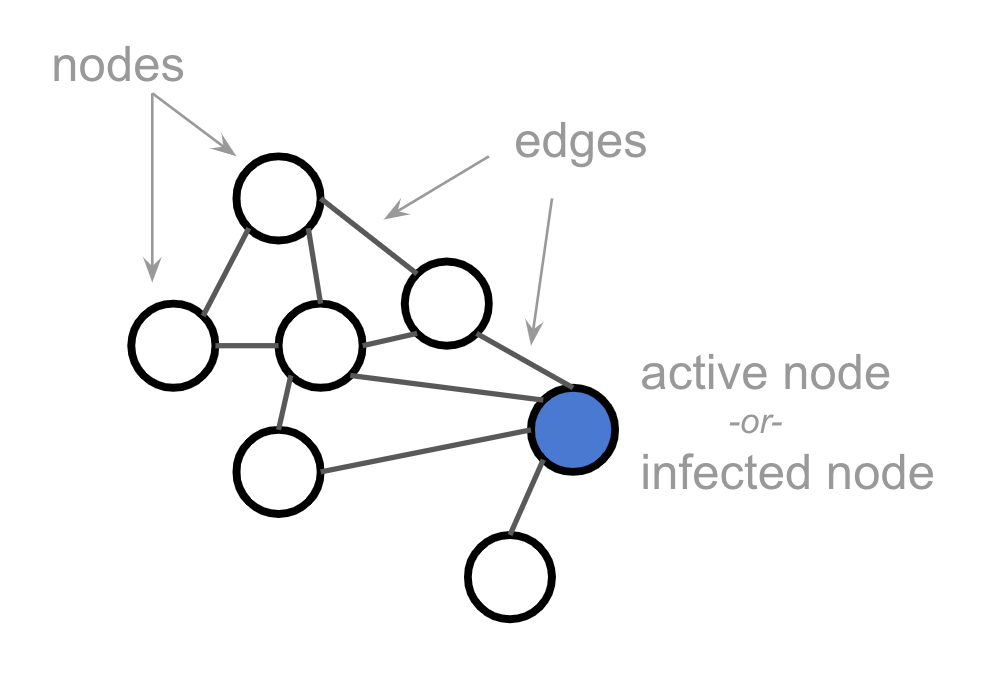This is Lorcán. Lorcán has cystic fibrosis (CF) Lorcán is two years old. Lorcán has been fighting a potentially life shortening lung infection for the last six months and treatment isn’t working.
There is an amazing drug called Orkambi made by Vertex that is not funded on the NHS, this drug could help Lorcán and thousands of others. Over 240 people in the U.K. have died waiting for it to become available. Vertex and the U.K. government are letting people with CF die because of a disagreement over cost.
Parents have had to find an alternative way of getting these drugs for their children and the Cystic Fibrosis Buyers Club have found a generic copy of the drug that individuals can legally import, it is a fifth of the cost. This is however still beyond what we can pay.
…
I’ve previously shared (one, two) content about my friend Jen‘s two-year-old son Lorcán, who suffers from cystic fibrosis, as well as joining in the #strawfiechallenge earlier this year. A particular aim of Jen has been to get access to a drug that could add decades to her son’s life, but which isn’t being made available on the NHS. Running out of options to get access to medicine that could dramatically improve her kid’s quality of life and prognosis, she’s now set up a GoFundMe and is soliciting donations.
If you can help, even just a little, please do.







